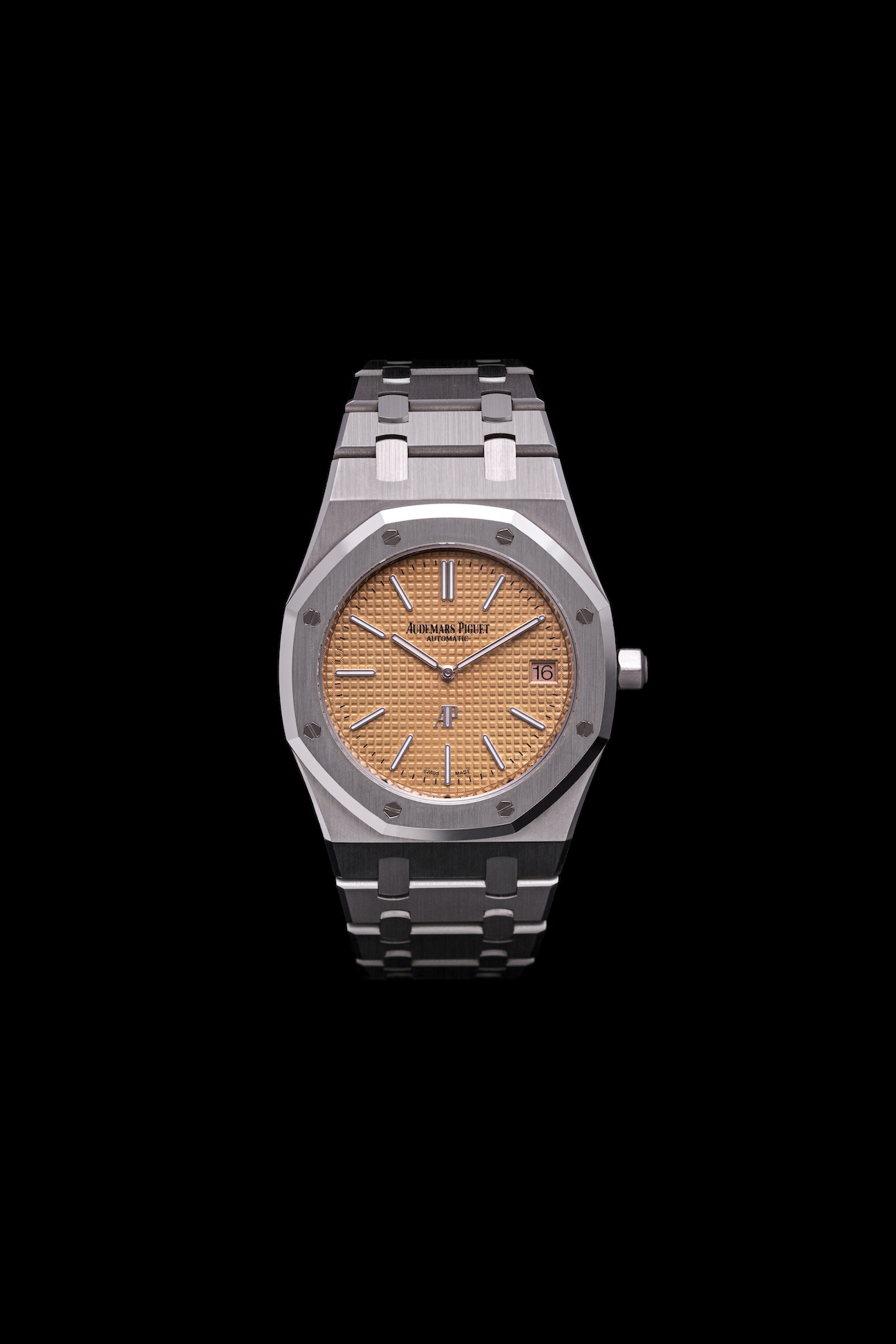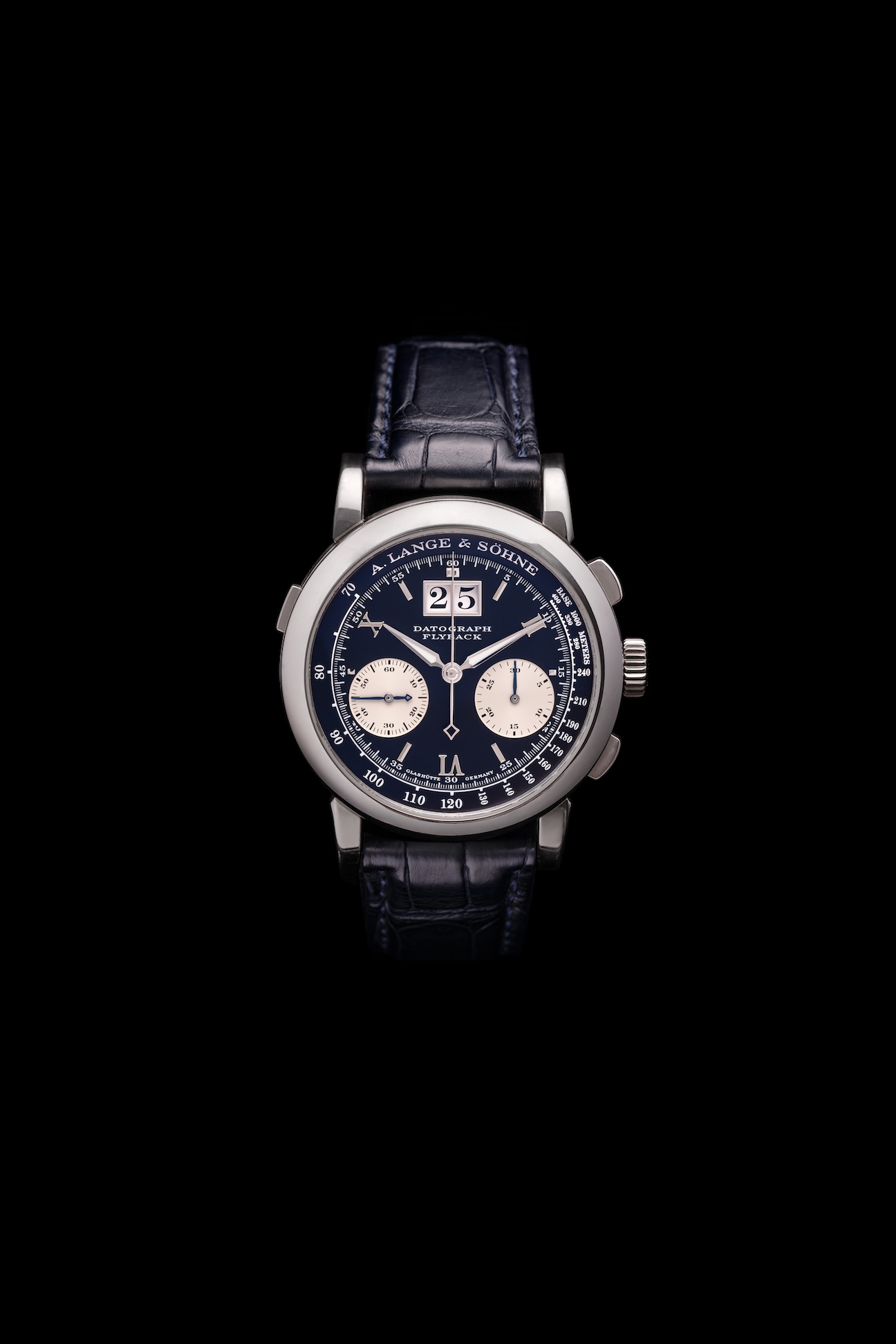
“What will you never be able to offer someone who owns a Datograph? A more exciting view,” read the A. Lange & Söhne’s advertisement in 1999 for the launch of the Datograph, a German chronograph that changed the entire landscape of haute horlogerie and made the giants of the Swiss watch industry quake in their boots.
Just five years after Lange’s relaunch after decades of absence, the brand came in swinging with the L951.1 caliber in the Datograph, a true in-house caliber with an architecture and finishing level that blew all of its competitors out of the water. After all, it’s been blessed by the legendary watchmaker Philippe Dufour as the best chronograph in the world.
In an era when the term “in-house” was simply not a point of discussion in the same way that it is today, nearly all high-end chronographs were using outsourced movement designs, notably Lemania ebauches. When that was the status quo, all of a sudden, a new movement designed from the ground up not only to be highly functional but also to be highly aesthetic in its depth of construction as well as hand finishing meant that people took notice.
From German silver baseplate and bridges, to the countless hand-finishing techniques and free-hand engraving required for every movement that left the manufacture, the Caliber L951.1 reignited a renaissance across the border. It forced many of the Swiss greats to develop their in-house chronograph calibers in the 2000s. Paired with a dial that serves as a masterclass to all watch designers in balance and proportion in its execution of a chronograph and oversized date, the Datograph has cemented itself in horological legend.
